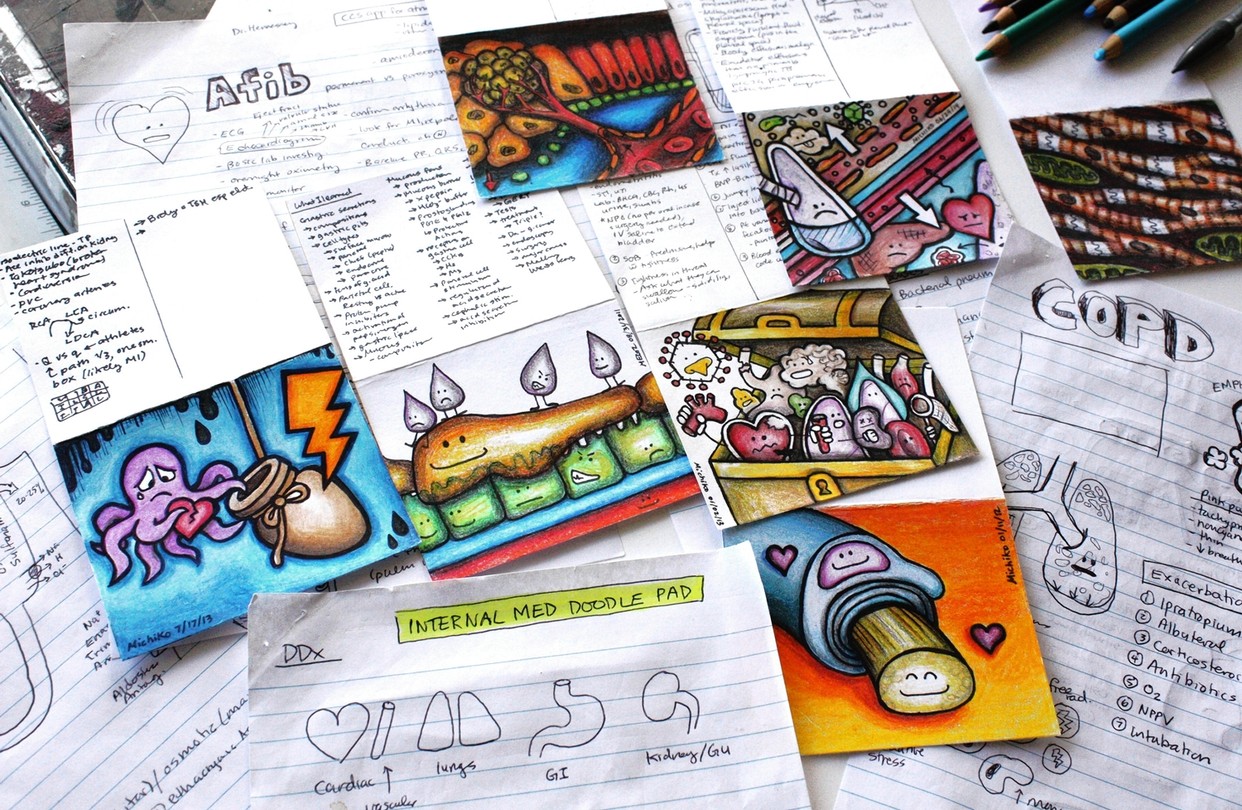
The child earns points for contributing to the same feature as the tester - such as adding leaves to a tree - for going with the flow when the tester changes some part of the drawing and for passing the paper back across the table at the end of a turn. It may also enable more accurate readings in high-functioning children with autism, who cannot use vocabulary to cover up their social deficits as they tend to do when the task is verbal.įor the assessment, the tester and child take turns adding elements such as a house or a tree to a common drawing. The researchers focused on drawing because it can capture the implicit nature of taking turns without relying on conversation, a plus when testing children with poor verbal abilities. The 10-minute assessment starts with simple instructions from the tester to the child: “We are going to draw together.” ” But clinicians lack tools to measure it.ĭutch researchers hope to fill this void with a whimsical test described 29 January in the Journal of Autism and Developmental Disorders. Reciprocity can mean taking turns, but also something more - the flexibility to work together with others to shape a conversation, a game or other social interaction. Children with autism often struggle with reciprocity, and poor reciprocity is among the new diagnostic criteria for the disorder in the latest edition of the “Diagnostic and Statistical Manual of Mental Disorders.

When I pass a pint of ice cream back and forth with my husband (don’t judge) and hand the spoon to him after taking a few bites - rather than eating half the carton on my own - I’m demonstrating an important social skill that scientists call reciprocity.

Picture this: Interactive drawings made with a typically developing 6-year-old boy (left) and with a 6-year-old boy who has autism (right).


 0 kommentar(er)
0 kommentar(er)
